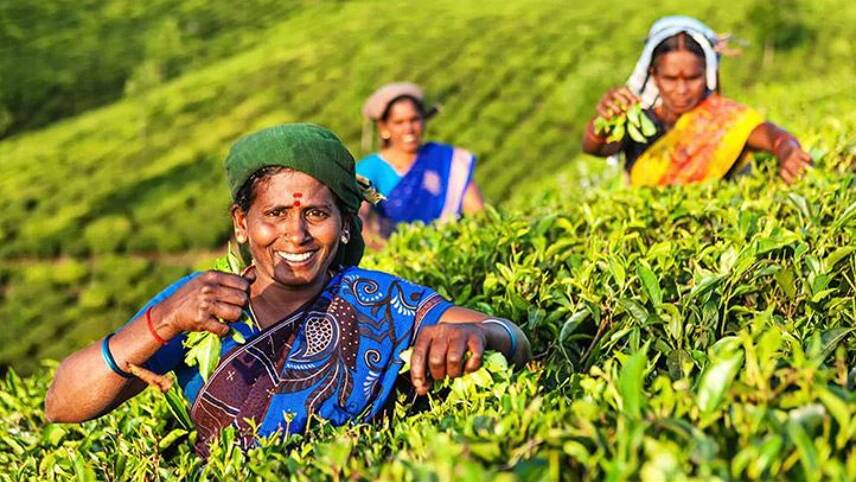Register for free and continue reading
Join our growing army of changemakers and get unlimited access to our premium content

Unilever estimates that more than one million people are supported financially by its tea supply chains. Image: Unilever
The company is notably the world’s largest buyer and seller of tea, purchasing 10% of the global supply each year for use in brands such as Lipton, Pukka and Brooke Bond Red Label.
This means that it, directly and indirectly, supports more than one million people across supply chains in 21 different countries, including India, Kenya and Argentina.
Unilever claims it is the first major corporate of its move to publicly publish a full supplier list. The document will be updated annually.
In order to make this information more accessible, the consumer goods giant has invested in an interactive online map, featuring information about the origins of its tea and how it journeys throughout the supply chain.
The map also features stories of individuals working in the supply chain, and further information around the ways in which Unilever is working with NGOs, suppliers and other tea buyers to improve social and environmental supply chain practices.
Unilever is notably a member of the Ethical Tea Partnership (ETP) – a non-profit body on a mission to tackle systemic challenges on tea estates. Last year, Unicef joined the partnership to launch its latest scheme, ‘Improving Lives’. The initiative is aiming to improve the lives of 250,000 people across Assam, with a particular focus on women and girls.
The ETP’s executive director Sarah Roberts said the Partnership is “delighted that Unilever, which is such an important global player in the tea industry and a committed ETP member, is now fully transparent about where its tea comes from and is working strategically to address the social and environmental challenges that the sector continues to face”.
“With transparency comes transformation,” Unilever’s executive vice president for tea, Matt Van Ettinger, added.
“Greater scrutiny of our supply chains helps us work more effectively with partners and suppliers to bring about positive change for people and planet. We want all our consumers to be part of this process too, so they can see where their tea comes from and how we are supporting the communities we work with.”
Seeing is believing
With seven in ten European shoppers claiming that they would choose a brand implementing strong transparency measures over their usual “favorite” option, consumer-facing brands are increasingly turning to mapping to tell their supply chain stories.
Marks & Spencer (M&S) uses interactive digital maps to allow its shoppers to track products throughout its seafood, beef and dairy supply chain, for example, and also publishes a list of its wool farms and factories.
The retailer is additionally among a group of fashion brands to have jointly funded an online tool that allows businesses, investors and customers to track the origin of paper, wood and viscose sourced by corporates. Other backers of the tool, developed by environmental non-profit Canopy, include Kering and H&M Group.
Indeed, H&M Group recently moved to list extensive information regarding the suppliers of all garments on its H&M website.
Nonetheless, Fashion Revolution research has revealed that no major fashion retailer or brand is transparent about more than 70% of its activities. Fashion Revolution’s policy director Sarah Ditty, alongside A Transparent Company’s founder Neliana Fuenmayor, recently explained this research in more depth on edie’s Mission Possible Sofa. You can watch that interview in full here.
Sarah George


Please login or Register to leave a comment.